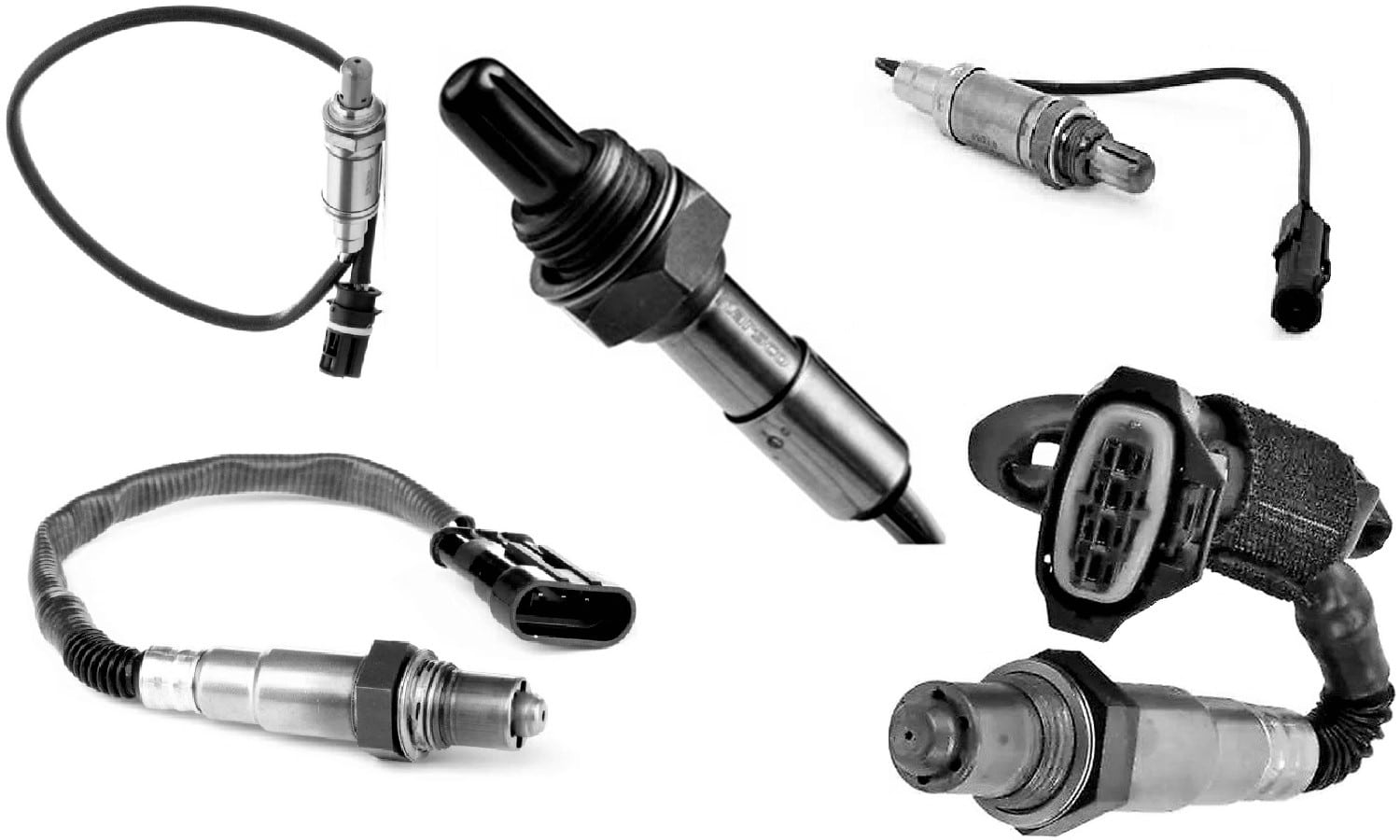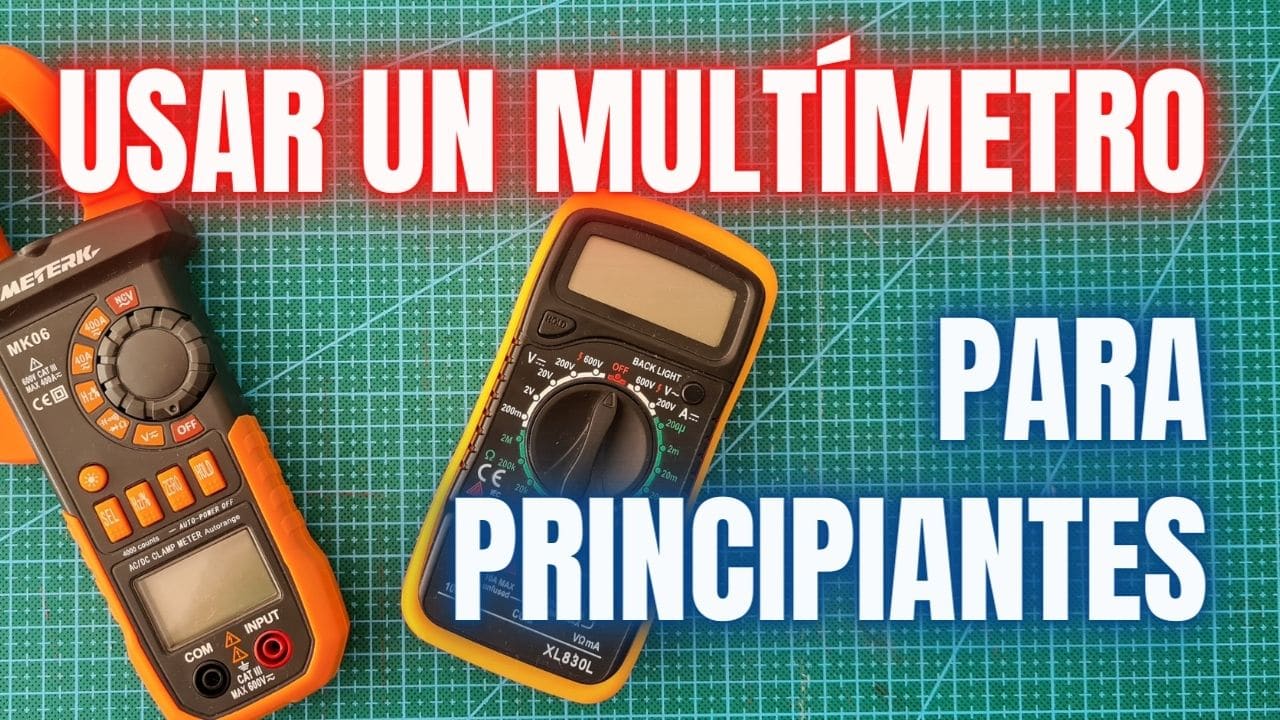
The Lambda probe is a sensor that is located in the exhaust pipe of our vehicle, just before the catalyst. A second Lambda sensor is also usually mounted, which is located just after the catalyst.
The mission of the Lambda probe is to measure the concentration of oxygen in the exhaust gases, just being ejected from the engine. The second Lambda probe is also responsible for measuring the oxygen concentration, but in this case once it has passed through the catalytic converter, to check that it is working correctly.
Depending on the amount of oxygen that exists in the exhaust gases, the probe takes certain values. These values indicate if the mixture of air and fuel that is made in the engine is fuel rich or lean.
What is the Lambda sensor for?

The Lambda sensor sends the values obtained to the engine control unit, so that it can modify the mixture if it is not correct. Under normal conditions an air to fuel ratio of 14,7 to 1 is required. excessive engine contamination.
If we measure the Lambda value (λ) in the exhaust of our car, the optimal value that we must obtain is λ=1. If the value we obtain is λ<1, it means that the mixture made by the engine is rich in fuel. On the contrary, if λ>1, it means that the mixture made in the engine is lean on fuel. In both cases, it is necessary to check what the motor can fail to give these values and solve it.
When we went with our car to the ITV, in the gas test the value of λ is measured in gasoline vehiclesamong other gases. In this test, the values of λ=1 +- 0,03 are admitted. This means that the minimum value must be λ=0,997 and the maximum λ=1,003.
Symptoms that the Lambda probe is bad
In the event that the Lambda probe fails, the engine fault warning light in car instrumentation. As this signal is used for all types of faults and varying severity, it is also convenient to know the usual symptoms of this fault.

When this probe is bad, you will notice a higher fuel consumption, engine power loss and fairer emissions. Therefore, it is normal that you cannot pass a vehicle technical inspection.
If you want to use a multimeter to find out if it works correctly it is not difficult. In any case, it can be complicated because in your specific model it is difficult to access the probe, but in many cases this is not the case. The steps to check the lambda probes with a multimeter are:
- Set up the multimeter: black cable in COM port and red cable in V port. Please select the suitable measurement range. We're going to measure between 0 and 1 V, so the one with your multimeter right above it.
- Place the probe or mass black clamp. That is, the sheet metal of the car.
- Use the red probe of the multimeter for measure signal emitted by the Lambda sensor of the exhaust manifold. Insert it into the hook where the cable is attached, which is usually black. The two soft ones (or red/blue) are for heating and will have 12 V. The ground one will normally be gray and will read approximately 0,2. Starting the car and waiting a bit for it to warm up (you can accelerate), the probe will emit a signal that will go varying between 0,2 V and 0,8 V continuously. If it doesn't work, it will remain marking a value close to 0,4 V.
- If you do the same operation with the Lambda sensor behind the catalytic converter, you should mark a value close to the 0,6 V. Because the catalyst will have consumed part of the oxygen to fulfill its function.


What if it's the Lambda probe fuse?
There are also times when the problem may be in the electrical system. Something that caused the probe fuse has blown and no current reaches it. The vehicle manual will tell you which fuse belongs to it. Then you will only have to check if it is melted or not.
To do this you just have to remove it and see if the insert part that connects both teeth is melted. Something very simple because they are usually transparent or have a hole to look through. They can also be checked with a test lead or voltage tester, if the fuse has openings at the top. Therefore, it should not be removed.

Lambda sensor price
A lambda probe can have the most varied prices from 20 to 200 euros. Although in a general brand car the normal thing is that they cost between 25 and 60 euros. The price increase can come if your model has several probes. Because there are more than the typical two from the exhaust manifold and behind the catalytic converter.
if you don't and you resort to a trustworthy workshop, to this you have to add the percentage added to the Lambda probe and the labor. So the bill can go up quite a bit depending on who you go to.
How to clean the Lambda sensor

Cleaning a Lambda sensor is usually very easy, because its removal is easy and no specific products are required. The only complications may come from the location of the cable and connectors, which depending on the model may require removing other components. If so, remember how everything was, for which it can help to take photos of each step. The steps for cleaning are:
- unscrew the probe of the manifold and of behind the catalyst (if your car has it). To do this, you usually only need a wrench of the appropriate size, an adjustable wrench or spanner, (image above).
- Unplug the connector or connectors on the other end (first image of this article)
- Leave the tip of the probe submerged in grease remover cleaner for half an hour. Yes, you use a better ultrasonic cleaner, although if you do not have it, it is not essential.
- After the soak time has elapsed, remove the probe and use a WD-40 type multi-purpose oil to clean the holes. Apply it directly on them with the cannula that these oils bring. Repeat the operation until you see that no dirt comes out.
- Then rinse it with multi-use cleaner dipping it again another 15 minutes.
- Then there is only dry it with a rag outside and blow holes to remove the liquid. You can blow yourself out, being careful not to get anything wet, or use an air blower from the gas station. If not, you can also give it a good shake to extract as much as you can. do it how you do it, let it dry 24 or 48 hours.
Image 2 and 4 – Brian Snelson, Andrew Mason
very good explanation, I did not know about the values to be measured in the lambda probe